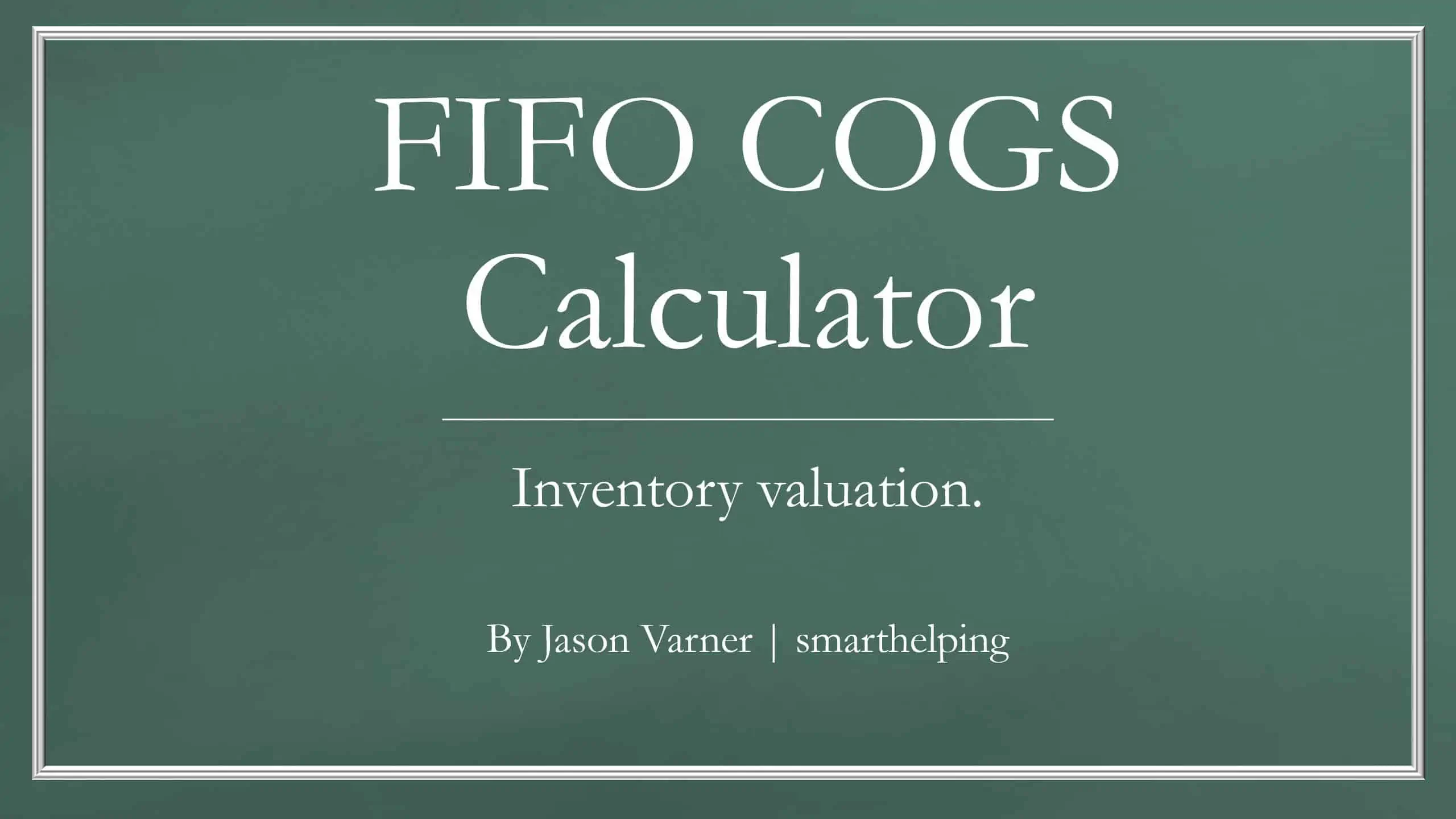Cash Conversion Cycle Tracker in Excel
This is a great tracking tool designed to help any inventory-based business become more efficient with their cash flow as it relates to buying and paying for inventory, selling it, and collecting receivables. Compare up to 20 periods visually and in data tables.

Video Overview:
This excel template is designed for use by inventory managers and/or accounting managers that have a close eye on financial statements. In order to use this tool effectively, you will need to understand a few key line items on the Income Statement and Balance Sheet. It is funny that you don’t actually need any specific items from the cash flow statement even though this is measuring how fast a company turns invested capital back into profits.
The Cash Conversion Cycle (CCC) metric is measured in the unit of days. The lower the number of days, the better. This metric is often used in comparative analysis where a given period is compared against other periods of the same company and/or compared to other businesses in the same industry.
The main users of this metric include any business that deals primarily with inventory turnover. The logic behind it is to figure out how many days cash sits in each cycle, starting with the average number of days it takes to pay payables on inventory (a negative input of the equation) and then adding the average days it takes for inventory to be sold as well as adding the average number of days it takes to collect cash from the receivables (marking the end of the cycle).
The line items that must be pulled and entered into this tracker for it to work are the following:
1. Revenue in period
2. COGS in period
3. Starting/ending inventory of period
4. Starting/ending receivables value of period
5. Starting/ending payables value of period
As long as you know that, this will be a very useful tool to measure the efficiency of your operations, collections, and overall cash flow cycle. Many visualizations were included in this model to make it even more useful and easy to use in reports or meetings. In theory, this could be used for non-inventory businesses, but it would not make as much sense because there is no inventory so essentially you are measuring how long it takes to collect receivables vs. how long it takes to pay payables.
There is a really cool visualization under the static model tab of this template where the user can enter inputs for any given period and the chart will display the length of time each cycle takes relative to the total cycle length by using clever logic with bar charts.
Similar Products
Other customers were also interested in...
Product Dealer Startup – The Customer Centri...
With this financial model, you can create a financial plan for the startup of your product dealershi... Read more
All My Financial Models, Spreadsheets, Templates, ...
Lifetime access to all future templates as well! Here is a set of spreadsheets that have some of the... Read more
Small Business Playbook (Financial / Tracking Temp...
About the Template Bundle: https://youtu.be/FPj9x-Ahajs These templates were built with the ... Read more
Top 16 Google Sheet Templates
This is a bundle of all the most useful and efficient google sheet templates I have built over the y... Read more
Franchisor Licensing: Financial Model with Cap Tab...
Build up to a 10 year financial forecast with assumptions directly related to the startup and operat... Read more
Cumulative LP Distribution Joint Venture Waterfall...
A 6 Tier cash flow waterfall template. Plug in the distributable cash flow (+/-) and set the hurdle ... Read more
Joint Venture and Fund Cash Flow Waterfall Templat...
Here are all the spreadsheets I've built that involve cash flow distributions between GP/LP. Include... Read more
Inventory Valuation Using FIFO – Automatical...
Any accountant that needs to comply with IFRS will have to use the FIFO valuation method for calcula... Read more
Preferred Equity Cash Distribution Model – 2...
A 10-year joint venture model to plan out various scenarios for the way cash is shared between a GP ... Read more
Accounting Financial Model Bundle
This is a combined collection of Excel and Google Sheets financial model templates for Accounting an... Read more
You must log in to submit a review.





















